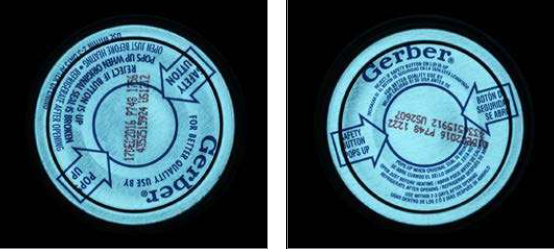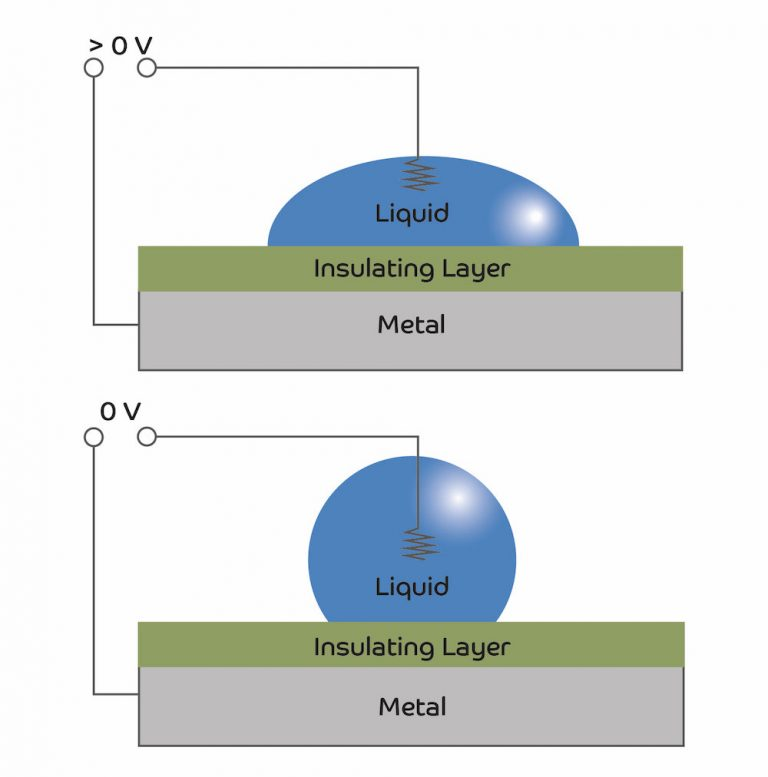Liquid Lenses
Since our last note, it seems both companies have been working even more closely with the unusual practice of sharing IP between the two. In a recent filing Corning has shared ownership of six of its patents with LG Innotek and LFI has shared stakes in three of its liquid lens patents with Corning for a total of nine shared US patents in the most recent filing and a total of 16 co-owned. The patents range from liquid lens systems to control systems that change the curvature of the liquid lens.
All in, such a collaboration, or at least the sharing of IP is an indication that the pair has faith that they will be able to use the liquid lens technology down the road to reduce the size and complexity of current smartphone and similar camera systems that use a series of stacked lens to perform necessary on-the-fly focus adjustments. By reducing the size, power consumption and complexity of some of that stack, they should be able to replace mechanical systems which wear out more quickly.
That said, even with the adaptation of new materials to avoid the freezing problem, a recent test showed that if the lenses are used in environments where are pressure is different from sea level, it can affect the curvature of the lens, so work toward solving such problems will, continue before commercialization. As a Samsung affiliate owns a large portfolio of patents relating to ‘folded zoom’ which uses prisms to conform the light, LG is likely looking for a way around that issue that will allow it to find an alternative that will not require paying a royalty. We were likely a bit too optimistic, expecting some liquid lens devices to appear this year, but it seems that Corning and LG Innotek are still working toward that goal.
Below is an explanation as to what makes liquid lenses work from our note last year:
Liquid lens technology is a relatively simple one with amazingly no moving parts, eliminating the MEMs motors and other paraphernalia that are part of high-end smartphone lens technology, however, a liquid lens itself is not enough to provide the camera with the necessary adjustments needed. In conjunction with more standard imaging lens the combination can increase the ability of system to almost instantaneously adjust the camera’s focal length. Rather than using more typical lens mechanics, a liquid lens system can keep the physical lens static, using the liquid lens to do the focus adjustments.
This is particularly important in imaging systems, which must scan a variety of items of different sizes, while identifying marks or text. In such systems without liquid lenses, the focal length of the inspection camera is fixed and hopefully the items being scanned are all the same thickness. If two items are somehow on top of each other, the additional height will produce an image that is out of focus and would possibly be mis-identified. This can eliminate systems that must verify images with multiple cameras with different focal lengths to make sure the item is correctly identified



 RSS Feed
RSS Feed